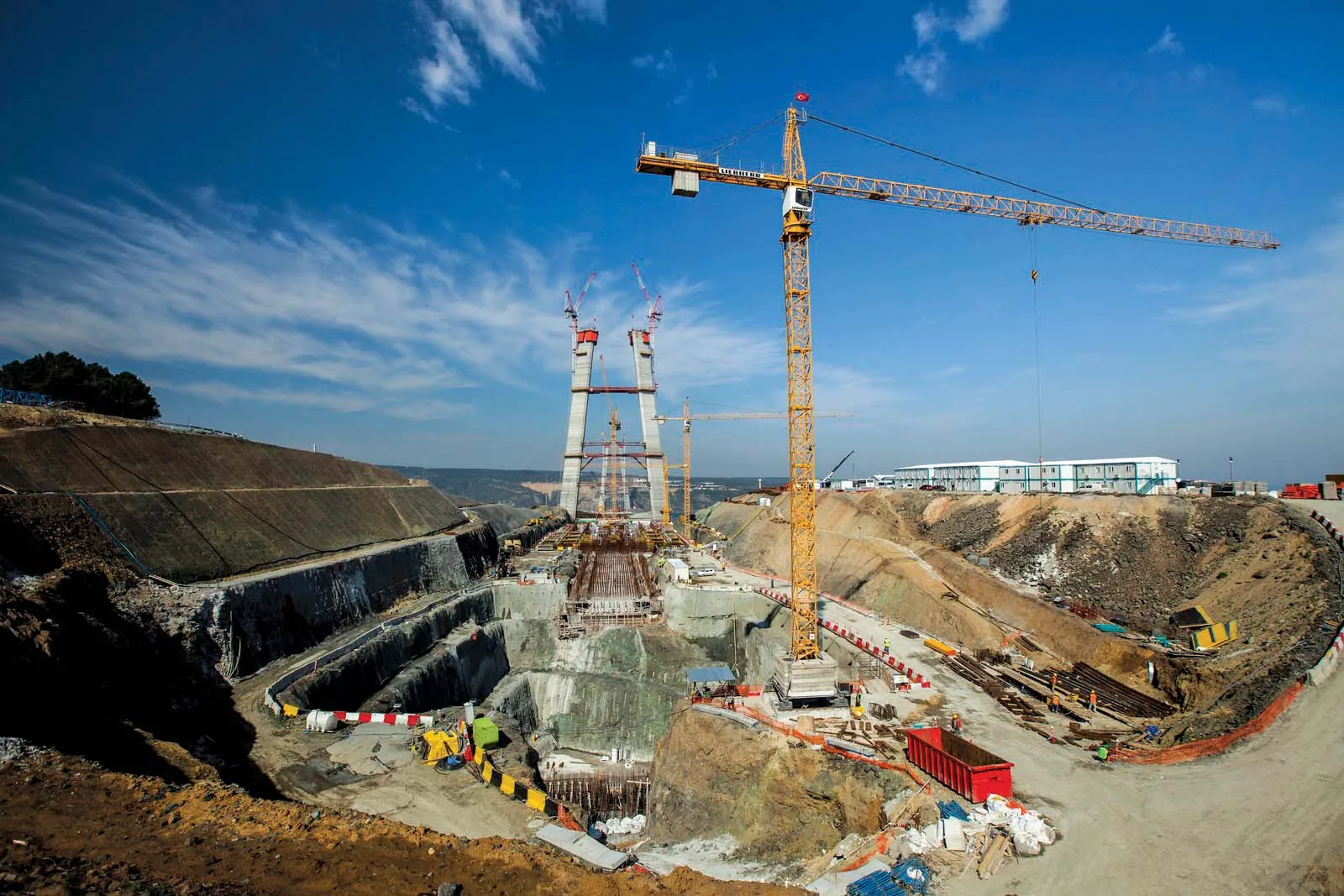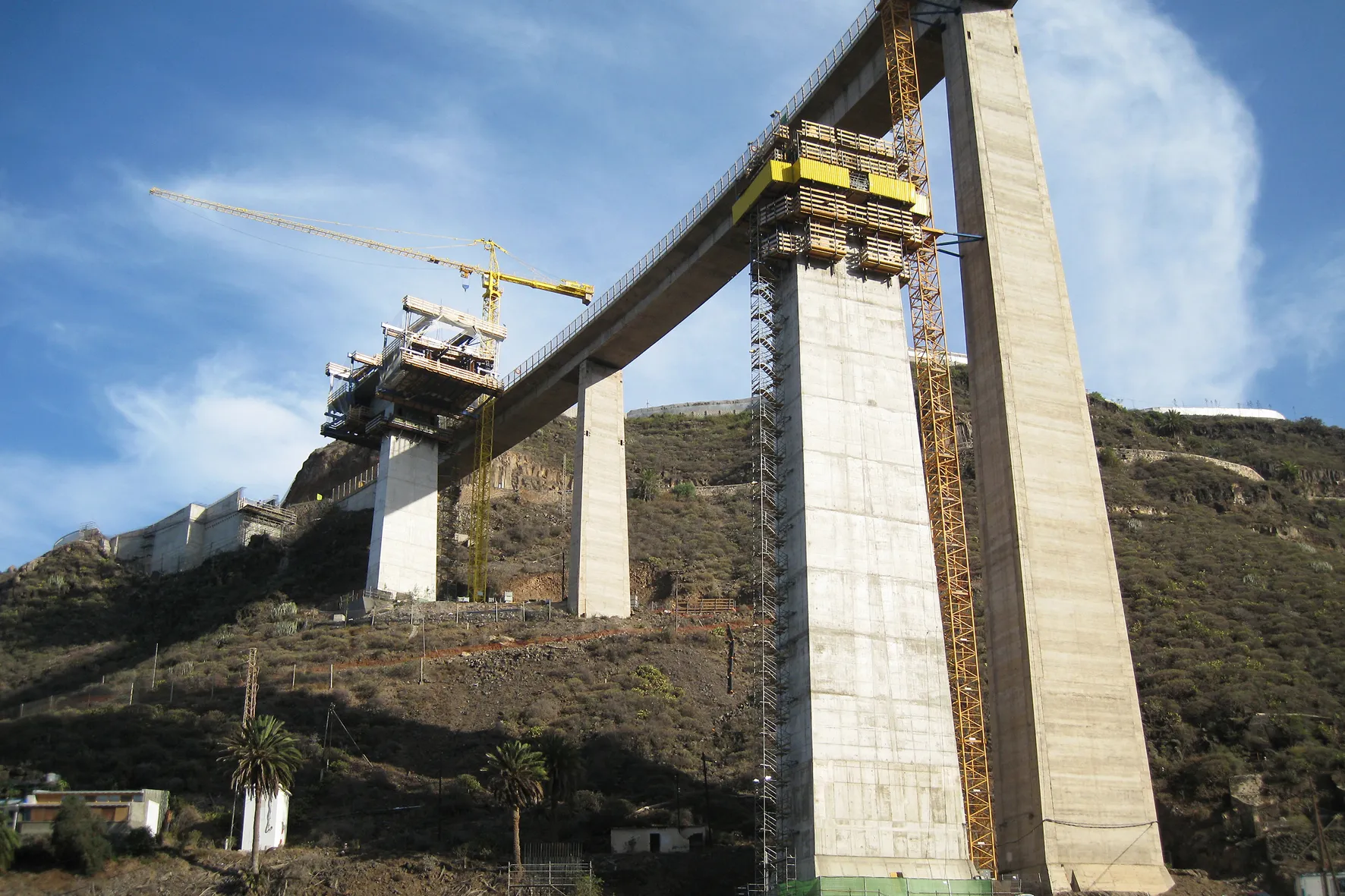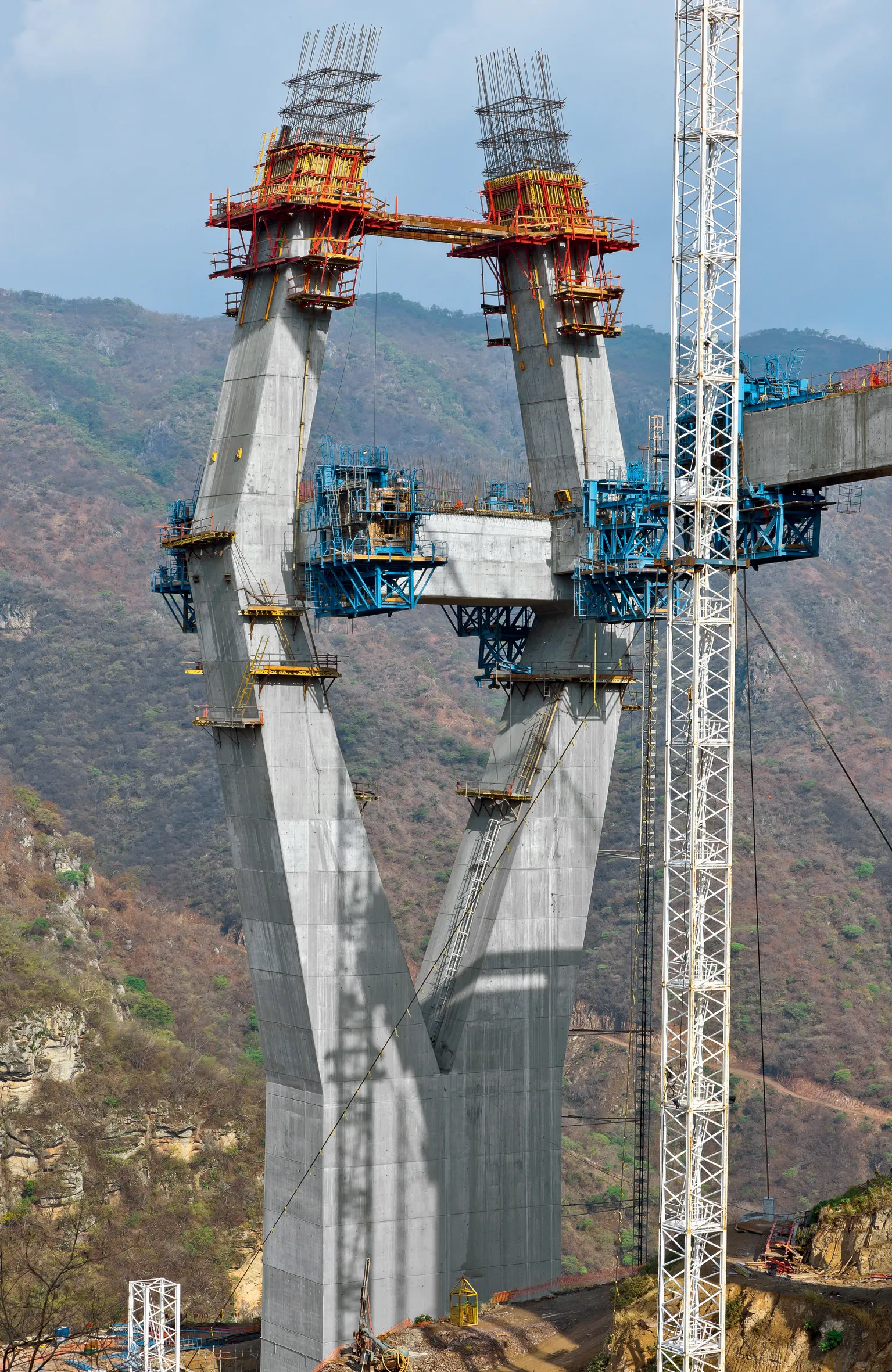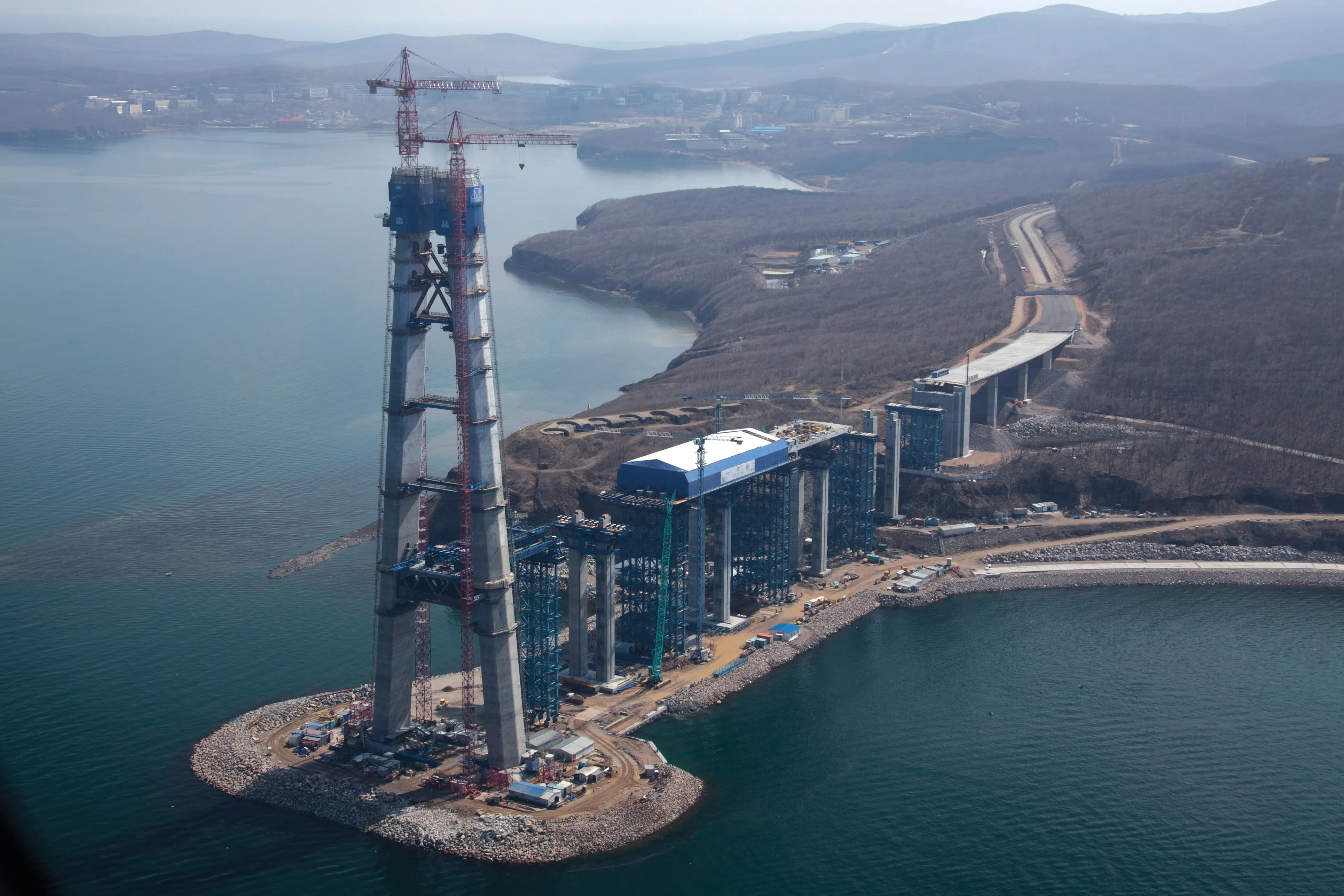Pilosio has supplied a set of 18 MP high-capacity towers for the construction of a viaduct on the Bellinzona-Lugano section of the new trans-Alpine railway, due for completion by the end of 2014. The viaduct is divided into five sectors of varying distances, from 110m for the first to 100 for the second. Both were due to be completed this month. The third and fourth sectors will be 90m long, while the fifth will span 45m – forming a flyover across Strada Cantonale, which links Locarno and Bellinzona.
July 1, 2013
Read time: 2 mins
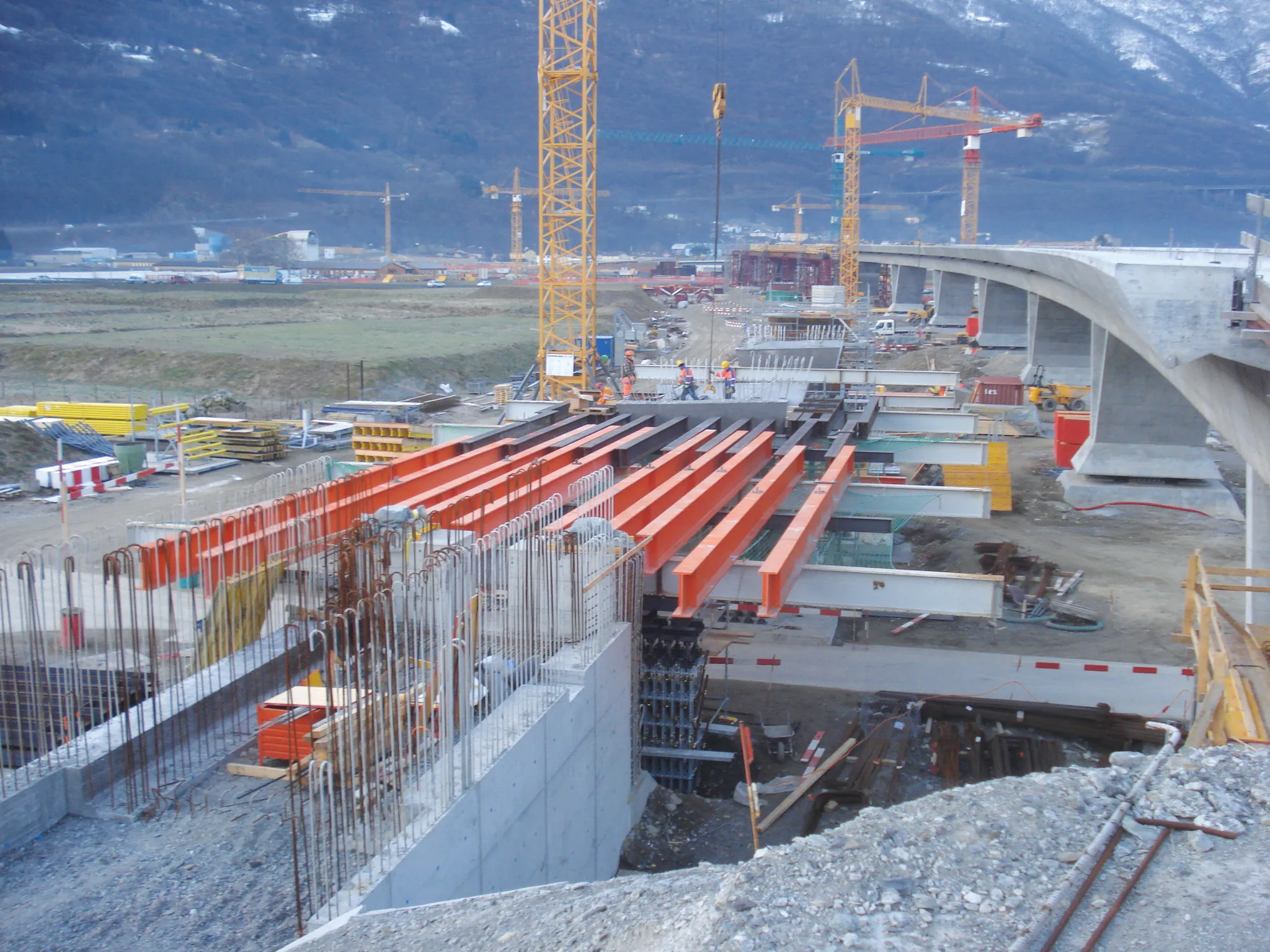
The viaduct is divided into five sectors of varying distances, from 110m for the first to 100 for the second. Both were due to be completed this month. The third and fourth sectors will be 90m long, while the fifth will span 45m – forming a flyover across Strada Cantonale, which links Locarno and Bellinzona.
Project client the MPC Consortium, made up of firms CSC SA, Mutoni SA and Pizzarotti SA, decided to construct 18 concrete pillars for each of the viaduct’s five sectors. The pillars were only to be used to support the construction of the upper structure and would then have to be demolished once the building work had been finished. However, Pilosio said the decision to use its MP high-capacity towers – coupled in pairs by horizontal stiffeners allowing them to be moved en masse from sector to sector - meant that significant time could be saved instead of waiting for the concrete of the support pillars to be fully set. The Italian firm said this allowed better continuity between the striking of the formwork of one sector and the assembly of the support structure for the next sector.
The adjustment of the heights of the towers to the height of the viaduct is said by Pilosio to be achieved by adjusting the forks and the reinforced base plates. Pilosio said the use of its towers for the viaduct works allowed the best number of workers to be employed in the assembly and dismantling phases, enabling a major financial saving through reduced material use.


